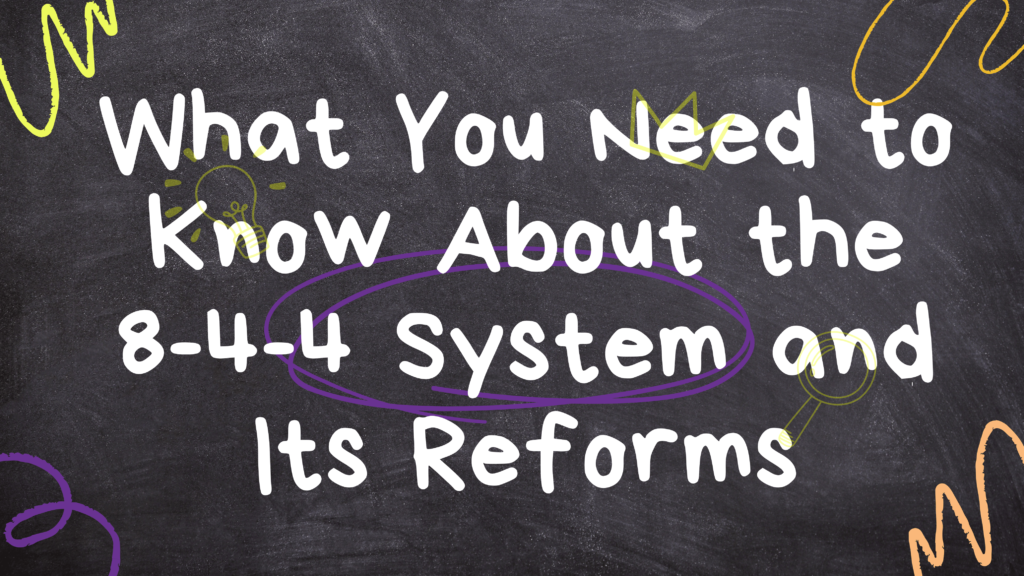
The Kenyan education system underwent a change in 1985 with the introduction of the 8-4-4 system. It comprises eight years of primary education, four years of secondary education, and four years of university education. The system aims to provide an extensive curriculum covering academic, technical, and vocational subjects. However, the 8-4-4 system has faced criticism for being too rigid, exam-oriented, and irrelevant in the 21st century.
Challenges of the 8-4-4 system
Several challenges face the 8-4-4 system. These include high dropout rates and low transition rates from primary to secondary and from secondary to university levels. Additionally, the large and diverse student population lacks adequate facilities, resources, and teachers. Overcrowded classrooms and a curriculum that puts too much pressure on students and teachers contribute to the poor quality of education. This quality does not match the skills and competencies required by the labor market and society. Finally, there is inequity and disparity in access and participation in education among different regions, genders, and socio-economic groups.
Competency-Based Curriculum (CBC)
To address these issues, the Kenyan government has proposed a new system, the Competency-Based Curriculum (CBC), . which aims to replace the 8-4-4 system by 2029. The CBC is based on a learner-centered, competency-based, integrated, inclusive, and collaborative approach. It comprises six levels: Early Years Education (EYE), Middle School Education (MSE), Senior School Education (SSE), University Education (UE), Technical and Vocational Education and Training (TVET), and Adult and Continuing Education (ACE).
Advantages of CBC
CBC is expected to enhance learner engagement, motivation, and creativity through interactive and experiential learning methods. It aims to develop holistic learners who have cognitive, affective, psychomotor, and social skills. This approach enables them to cope with various challenges in life. The CBC promotes learner diversity, differentiation, and specialization through flexible pathways and choices of subjects and courses. Furthermore, it improves learner achievement, performance, and progression through continuous assessment and feedback mechanisms. Finally, the CBC aligns learner outcomes with national goals, values, aspirations, and global trends and standards.
Implementing CBC
Implementing CBC is a gradual process requiring adequate planning, preparation, and support from all stakeholders. Some of the key steps involved in the process include developing a national curriculum framework, curriculum designs for each level, subject and course, and support materials. The training of teachers, school managers, curriculum developers, quality assurance officers, and other education personnel is also necessary. Additionally, piloting, monitoring, evaluating, and reviewing the CBC at selected schools before scaling up to all schools nationwide is critical.
In conclusion
8-4-4 education system in Kenya has been in place for over three decades, but it has faced numerous challenges that have hindered its effectiveness. The government’s proposed Competency-Based Curriculum (CBC) aims to address these issues by providing a learner-centered, competency-based, integrated, inclusive, and collaborative approach to education. The CBC has the potential to transform the education system in Kenya and equip learners with the knowledge, skills, values, and attitudes necessary for life and work in the 21st century. However, the successful implementation of the CBC will require the commitment and support of all stakeholders, including the government, teachers, parents, learners, and the wider community. By embracing the CBC, Kenya can build a more inclusive, equitable, and prosperous society for all.